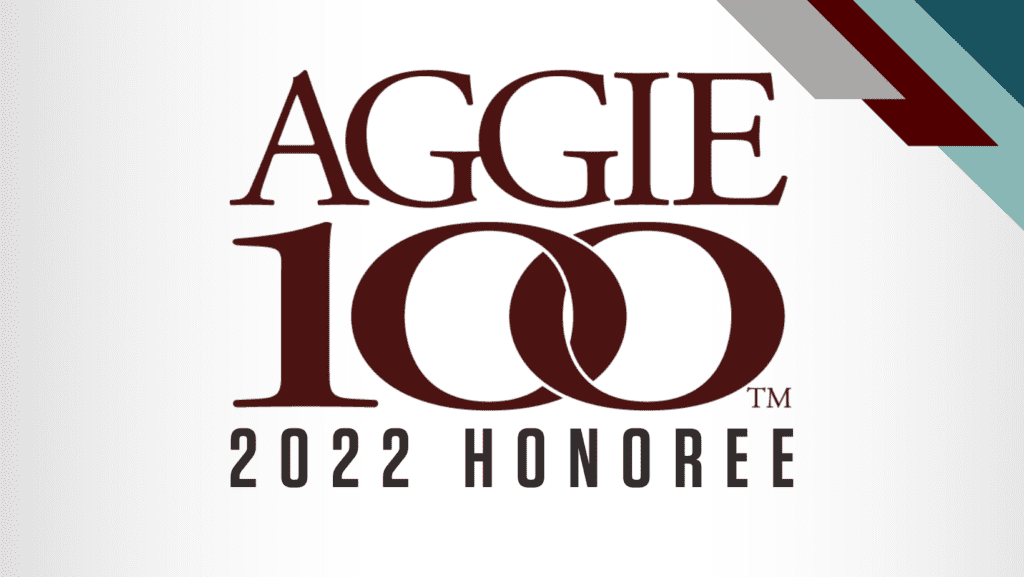If your company has incurred research and experimental expenses over the past few years, recent changes to the federal tax law need your attention.
The One Big Beautiful Bill Act, signed in July 2025, restored deductions for domestic research and experimental (R&E) expenses starting in 2025.
But for qualifying businesses, there’s a narrow window to claim these deductions for expenses incurred in 2022, 2023, and 2024.
This sounds beneficial, and it may be for your business – but there are some complexities to consider. The retroactive options come with administrative requirements and potential drawbacks that may outweigh their benefits, so it’s important to consider your specific situation.
Details of the latest changes
The IRS defines small businesses as those with average annual gross receipts of $31 million or less over the three prior tax years (2022 – 2024 for current decisions). If your business qualifies and has domestic R&E expenses from recent years, you have two options to consider.
The impact on your bottom line could potentially be significant. Companies that have capitalized and amortized R&E expenses over five years since 2022 could accelerate those deductions and improve their current cash flow.
Two potential paths are:
- The Small Business Retroactive Election (SBR Election) allows you to deduct R&E expenses in the years you actually incurred them. This requires filing original, superceding, or amended returns or an administrative adjustment request (AAR) for each affected year.
- The deadline for this election extends to July 6, 2026.
- The Small Business Retroactive Accounting Method Change (SBR Method Change) allows you to claim all prior-year R&E expenses on your 2024 return through a Section 481(a) adjustment.
- However, this option has an extremely tight deadline: September 15, 2025, for partnerships and S corporations, and October 15, 2025, for C corporations.
More about research credits
Here’s where the situation becomes a bit more complex. If your business claimed research and development tax credits in any of the years 2022 – 2024, the tax code’s Section 280C rules create an issue.
Section 280C prevents “double-counting” by requiring businesses to reduce either their R&E deductions or their R&D credits. This coordination requirement means that claiming retroactive R&E deductions often results in a reduction or loss of valuable tax credits.
A permanent loss of tax dollars under Section 280C may outweigh the timing benefit of claiming earlier deductions. In some cases, businesses may benefit more from simply waiting to claim the deduction starting in 2025.
Making the right decision for your business
You’ll need to decide if the administrative burden of this decision is something you need to take on. The retroactive election requires detailed documentation and amended returns across multiple tax years. The accounting method change involves complex calculations and compliance requirements.
It’s important to note that your financial analysis may not support the retroactive approach. While accelerating deductions provides a timing benefit, permanently losing research credits can result in a larger economic cost.
Consider your specific situation. Do you have domestic R&E expenses from 2022 – 2024? Did you claim research credits in those years? What’s your current cash flow situation versus long term tax planning goals?
Then, evaluate the math and factor in compliance costs. The interaction between accelerated deductions and reduced credits requires precise calculation to determine the net benefit or cost, and the cost of coordinating and preparing amended returns may exceed the overall benefit.
For some small businesses with R&E expenses, the most beneficial (and simplest) approach will involve claiming a “catch-up” deduction in 2025 or over two years, in 2025 and 2026, under the new rules without attempting retroactive elections. This avoids the administrative burden and still provides the benefit of immediate expensing going forward.
However, businesses with significant R&E expenses and minimal or no research credits may find the retroactive options worthwhile, especially the SBR election with its longer deadline.
Immediate action may be required
If you’re considering the accounting method change option, time is running short. Partnerships and S corporations must file returns implementing this change by September 15, 2025. C corporations must file by October 15, 2025.
For the SBR election, you have until July 6, 2026, which provides more time for thorough analysis.
Don’t rush into a decision that could result in permanent tax increases. You cannot easily reverse these elections, so it’s essential to make careful analysis before proceeding.
If your business has domestic R&E expenses and qualifies as a small business under these rules, this decision requires immediate attention and professional analysis. Each situation is unique, and the apparent benefit may not align with the actual financial impact.
Most businesses will benefit from thoroughly analyzing their specific situation before making any elections. If you need guidance or are wondering how to move forward, we’re here to help.




